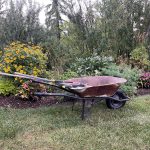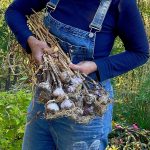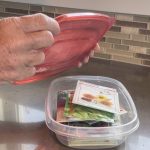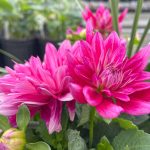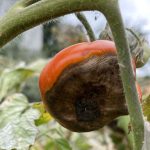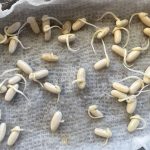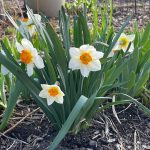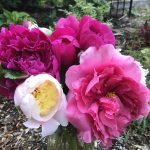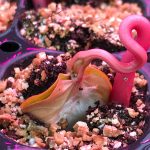Transplanting is a routine but essential gardening function.
All garden plants, including trees, shrubs, perennial and annual flowers, some vegetables, and many herbs, are transplanted at some point in their lifetime. Taking your plants from pot to ground ensures the longevity of your plants and help them bloom.
However, transplanting disturbs roots and is always stressful for a plant at some level.
Here are 8 tips to reduce that stress and give your plants the best start possible:
1. Use Well Hydrated Plants

To get things started on the right foot, start with fresh and well-hydrated plants at the top of the list.
A dehydrated plant will be compromised during the transplanting process.
So before doing anything, take a quick look at the plant for any signs of wilting and check that the soil in the pot is evenly moist. If the plant is wilted or the soil is dry, give the plant a good drink of water and wait a while.

Want the inside scoop on more gardening tips? Get early access to all my blogs and exclusive content by signing up for my newsletter!
2. Gently Loosen Roots

One goal of transplanting is to keep the plant as intact as possible, so let’s start with the roots.
Gently remove the plant from the pot. If the plant doesn’t release, the roots may be adhered to the pot, which often happens when dry.
Soak the soil enough to see water drip out of the pot. It should loosen after that.
Squeeze the pot to loosen the roots and tap the bottom of the pot; it should slide out without much adieu.
As roots extend laterally and reach the side of the pot, they swirl around the interior of the pots as they grow.
To redirect roots from that growth pattern and encourage them to expand, gently pull or tease roots at the bottom of the root ball to break them up a little.
3. Move Mulch Aside

If you use mulch in your garden, move mulch to the side to access the soil beneath.
Avoid planting in mulch itself. Mulch doesn’t have the density, nutrient, or water-holding capacity to support healthy plant growth.
Link: What is Mulch? Making Gardening Magic with Mulch
4. Dig a Planting Hole Slightly Larger than the Root Ball

This step lays the foundation for healthy root development, and the process varies slightly depending on whether you’re planting trees and shrubs or annual and perennial flowers.
Prepare a planting hole that is larger than the plant’s root ball.
I recommend digging a hole 1.5 to 2 times wider than the plant’s pot and 7.5-10 cm (3 “-6”) deeper than the pot.
Fill the bottom of the planting hole with enough high-quality planting soil to position the soil at the top of the pot level with the surrounding soil.
This will provide the roots with access to soft, malleable soil, allowing them to extend their fine, microscopic root hairs unobstructed, leading to healthy, robust root development.
Link: How to Prepare a Great Planting Hole
5. Gently Put the Plant in Place

Once you’ve ensured that the plant’s soil is even with the surrounding ground, gently place the plant.
There’s no need to squish or press the plants in the hole because, first, the plant will NOT get up and move to another province; more importantly, it scrunches the air spaces around the roots, which are vital for retaining water and nutrients and providing oxygen to facilitate root metabolism.

Want the inside scoop on more gardening tips? Get early access to all my blogs and exclusive content by signing up for my newsletter!
6. Dig a Ring into the Soil to Hold Water Near the Roots

This is a great transplanting hack I have known since childhood. I learned it from my father, Charlie, and I always use it for planting anything in the ground or in raised planter beds.
Once you have transplanted your plant, dig a shallow ring in the soil to hold water near the roots where it is needed.
This is great for efficient water use: It keeps the water in place and prevents it from running off to another part of the garden.
7. Avoid Watering Plant Leaves

Always water your transplants after they have been planted. This watering step provides immediate access to water to keep the plant hydrated.
Watering at the base of plants keeps the leaves dry and reduces the risk of fungal infection.
Plants may look wilted for a few days following transplanting. Just keep the soil evenly moist as their roots catch up with their water demand.
Transplanting later in the day when the weather is cooler can help with transplant shock by allowing the plant to adjust through the night.
8. Replace the Mulch Around the Base of the Plant

Mulch helps to retain soil moisture, keeps weeds at bay, and regulates soil temperatures.
Place mulch near the plant stems. Sometimes, stems rot if the mulch is too thick or too close to them.
To dig deeper and more specifically into other aspects of planting, check out these blogs:
- How to Successfully Move a Perennial
- When is the Best Time to Move Perennials?
- How and When to Plant a Tree in Alberta
Use These Tips for all Your Transplanting Activities!


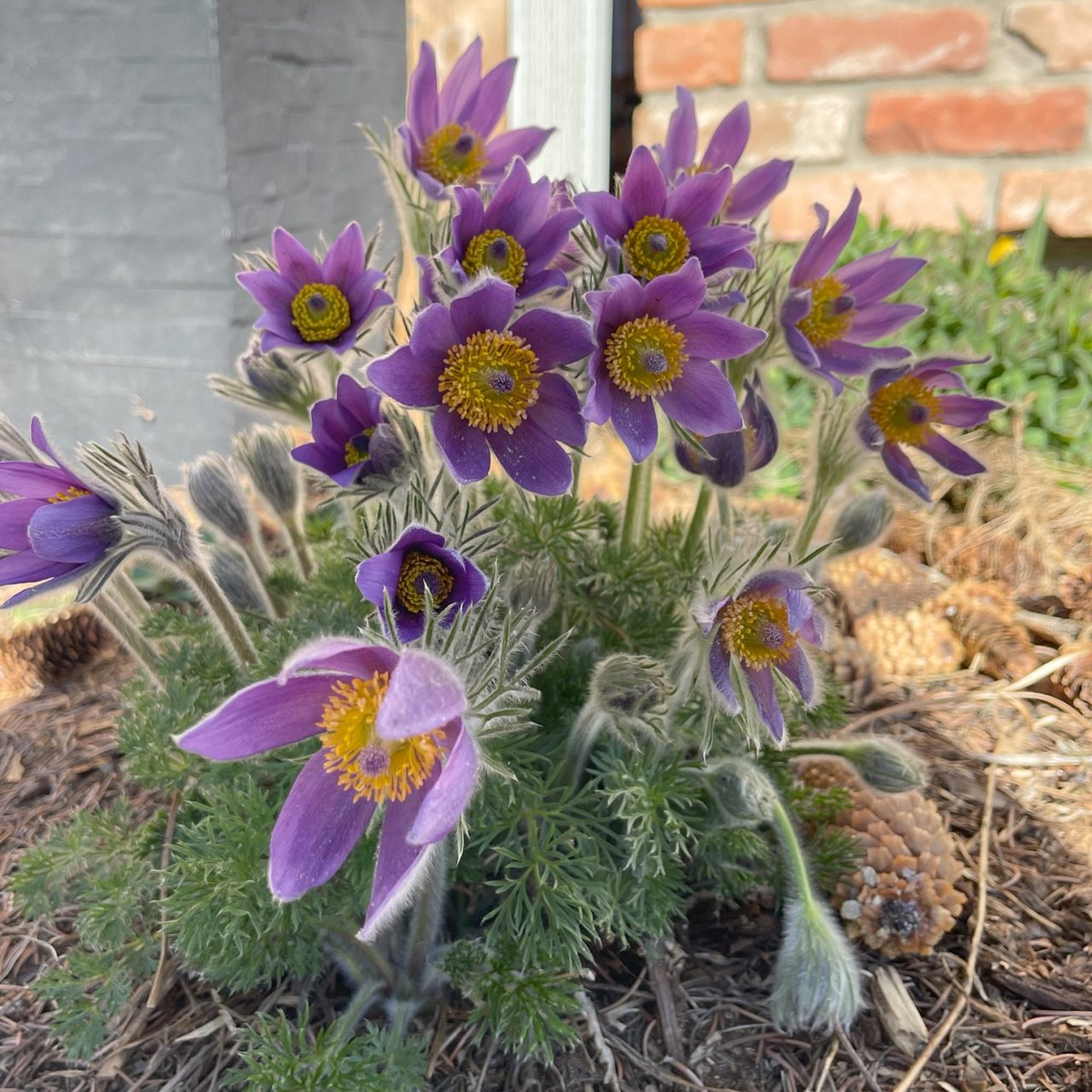
Planting from seed isn’t always an option, especially in our cooler Alberta climate. Whether you’re transplanting annuals, vegetable transplants, perennials, trees, or shrubs, these tips can help reduce the shock plants face and boost their growth. Ensure your transplants go smoothly and your garden thrives by taking care with each step! Sign up for my newsletter for more planting tips, or contact me directly if you have questions about transplanting!
©Sharon Wallish Murphy ©Gardening with Sharon





